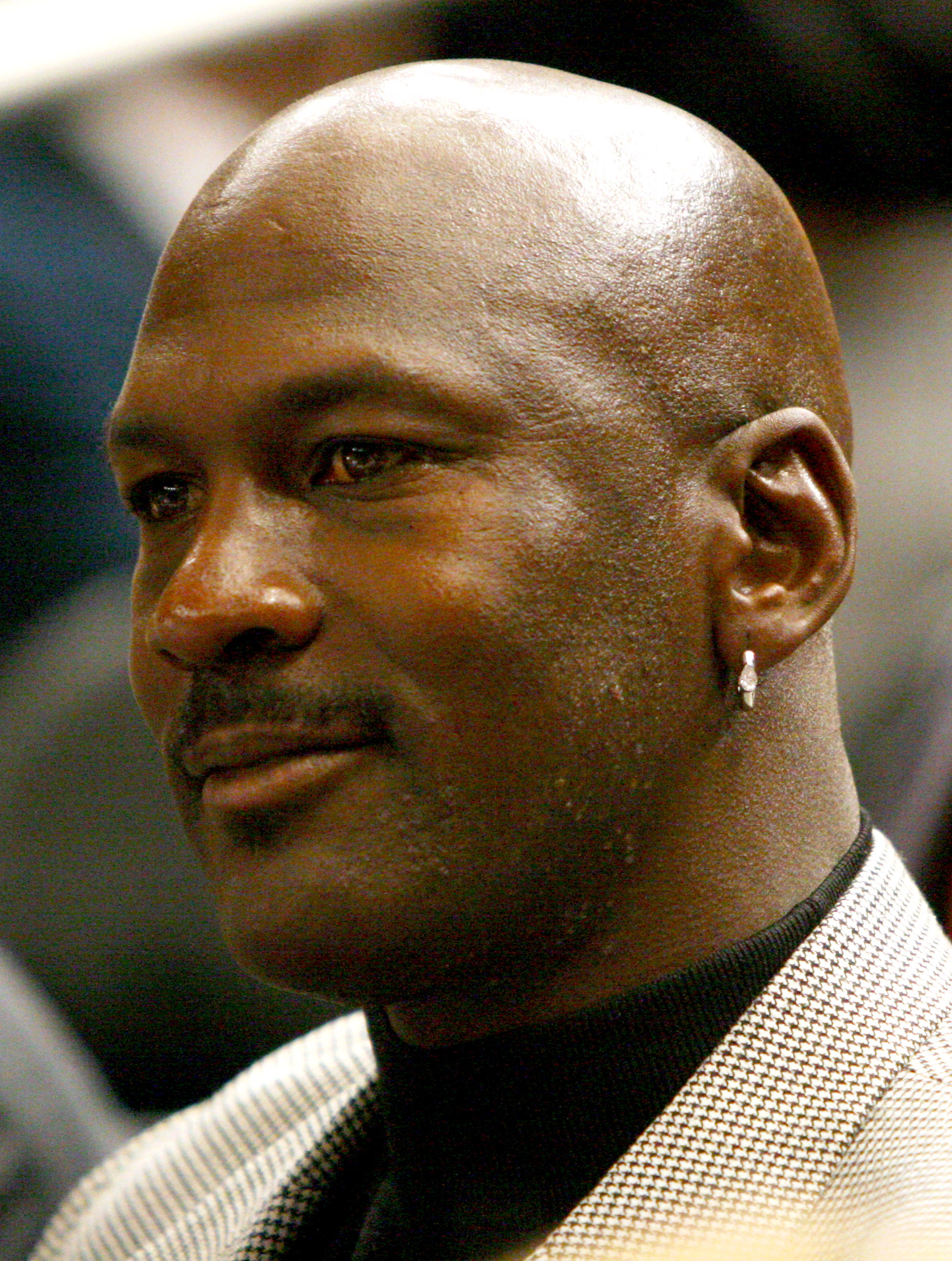
In the highly competitive world of sports marketing and global commerce, few figures command the enduring influence and financial prowess of Michael Jordan. Decades after his last NBA game, Jordan’s namesake brand, the iconic Jordan Brand, has not only solidified its position but has soared to unprecedented heights, becoming Nike’s top-performing division by 2024 with sales reaching an astounding $7 billion annually. Analysts now value the Jordan Brand at well over $10 billion as a standalone business, a testament to its pervasive impact and strategic longevity. This remarkable success isn’t merely a byproduct of his athletic dominance, but rather the result of a meticulously crafted and consistently applied set of principles.
Michael Jordan’s journey from an overlooked college athlete to a multi-billion-dollar brand architect epitomizes the synergy between athletic excellence and astute marketing. His net worth climbed to approximately $3.5 billion by 2025, bolstered by lifetime Nike royalties and strategic investments, including the impactful 2023 sale of a majority stake in the Charlotte Hornets. His influence transcends the basketball court, shaping not only the NBA’s appeal but also sneaker culture and how athletes engage with fans and brands globally. The continuous growth and relevance of the Jordan Brand can be attributed to several core tenets that are as vital today as they were at its inception.
This article will dissect the 15 fundamental principles that Michael Jordan and his brand continue to uphold, illuminating the playbook that built and sustains a global empire. These aren’t just rules for a legendary athlete; they are essential insights for modern brands, entrepreneurs, and athletes aiming to achieve enduring success and cultivate a loyal, engaged consumer base in a rapidly evolving market landscape. From innovative partnerships to emotional storytelling, each principle offers a profound lesson in brand mastery and sustained influence.

1. **Co-Creation of Products for Deep Engagement**One of the most pivotal rules that Michael Jordan established, and which remains a cornerstone of his brand’s success, is the principle of co-creating products rather than merely endorsing them. This model goes far beyond the traditional transactional nature of celebrity endorsements, where an athlete simply lends their name to a product. Jordan’s approach involved deep personal involvement in product design and marketing strategy, fostering a unique and enduring synergy with Nike.
This revolutionary partnership, initiated in 1984 with an unprecedented rookie endorsement deal, saw Jordan become an active participant in the development of the Air Jordan line. He wasn’t just modeling shoes; he was at the creative core, influencing product aesthetics and storytelling. This hands-on approach ensured that each Air Jordan model felt like a milestone in his career, intimately connected to his journey and performance.
This co-creation model is described as building “enduring synergy,” a powerful differentiator. Modern athletes and brand owners are encouraged to replicate this strategy for deeper consumer engagement. It establishes an authentic connection with the product, allowing the brand to craft an emotional narrative that truly resonates with consumers, building loyalty that transcends typical fan devotion and elevates the relationship to a partnership in shared identity.
By being integral to the product’s identity, Jordan ensured that the Air Jordan line was not just footwear, but an extension of his own ethos of excellence. This innovative strategy set a precedent, transforming how brands perceive and engage with their celebrity partners, moving towards a collaborative model that fosters mutual growth and a more compelling brand story.
Read more about: From Hollywood Spotlight to New Horizons: Actresses Who Boldly Redefined Fame at Their Peak
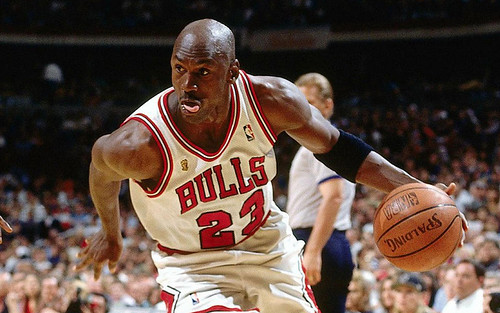
2. **Harnessing Authentic Emotional Narratives**The Jordan Brand masterfully leverages authentic emotional narratives to forge powerful, lasting connections with its audience. This rule recognizes that consumers connect deeply with stories of aspiration, resilience, and triumph, making the brand more than just a product; it becomes a symbol of personal achievement and potential. Campaigns like Gatorade’s iconic “Be Like Mike” perfectly exemplify this principle, inviting fans to identify with Jordan’s drive and work ethic on a personal, inspirational level.
Every Air Jordan release is woven into a narrative, connecting the sneaker to a significant moment in Jordan’s career or a broader theme of overcoming challenges. This approach transforms product endorsements into mini-storylines that bridge sports and personal motivation. Consumers are drawn to the image of the driven underdog who ascended to dominance through relentless dedication, recognizing the authenticity behind Jordan’s competitiveness.
The emotional resonance fostered by these narratives creates loyalty that outlives any single campaign or product cycle. It taps into “youthful aspiration,” where fans see Jordan as an inspirational figure whose story motivates them to pursue their own goals. This strategy has allowed the brand to connect on a deeper level, making consumers feel a part of Jordan’s journey and ethos.
By focusing on emotional storytelling, the Jordan Brand ensures that its products evoke a sense of meaning and purpose beyond their functional utility. It’s about more than just selling shoes; it’s about selling a dream, a mindset, and an identity rooted in the pursuit of greatness. This profound emotional appeal is a critical component of the brand’s sustained success and its ability to inspire generations.
Read more about: Robert Redford: A Towering Legacy of Hollywood Stardom, Independent Cinema, and Enduring Activism

3. **Seamlessly Blending Performance with Street Style**A critical rule that solidified the Air Jordan brand’s cultural ubiquity is its ability to seamlessly straddle the divide between athletic utility and street-fashion credibility. When the Air Jordan 1 was launched in 1985, it broke an invisible boundary, transforming shoes once exclusively reserved for basketball courts into coveted lifestyle accessories that defined self-expression and flair within broader cultural movements.
The brand’s success hinges on the momentum generated by Jordan’s on-court achievements, which lent undeniable authenticity to Air Jordans. This authenticity was crucial in propelling the shoes from performance footwear into everyday wardrobes. The continuous incorporation of “cutting-edge technologies and design elements” ensured that while the shoes looked good, they also delivered superior performance features like cushioning, support, and traction, appealing to both athletes and fashion enthusiasts.
This blend allowed Air Jordans to become cultural symbols of status and flair, adopted by B-boys, skateboarders, and rap icons. The brand transcended its original purpose, appealing to fans of hip-hop, urban fashion, and mainstream pop culture. It established a new trend where performance sneakers were as much about self-expression as they were about athletics, creating a dual identity that few brands have successfully replicated.
This dual appeal ensures that the brand remains relevant across diverse consumer segments. Whether worn on the court for optimal support and comfort or on the street as a fashion statement, Air Jordans symbolize a blend of functionality, style, and cultural influence. This strategic integration of performance and style is a fundamental pillar that has allowed the brand to maintain its dominance in both sports and fashion.
Read more about: 14 Unlikely Automotive Heroes: The Cars That Shocked Everyone and Redefined Success
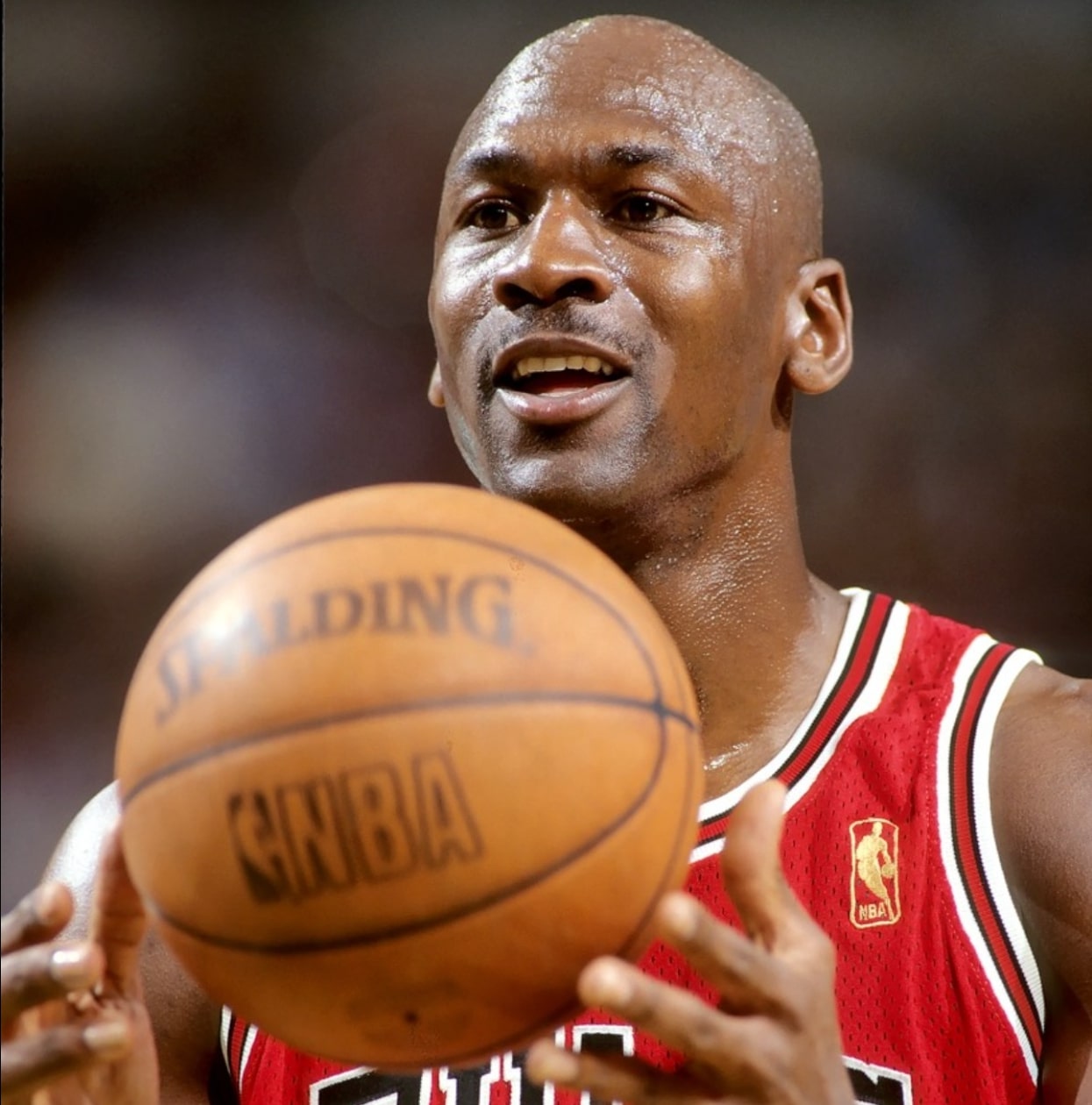
4. **Strategic Use of Scarcity and Exclusivity**One of the most effective strategies employed by the Jordan Brand to fuel consumer intrigue and demand is the strategic use of scarcity and exclusivity. This rule involves carefully controlling the supply of products, particularly through limited-edition releases and exclusive collaborations, which creates a sense of urgency and desirability that resonates deeply with consumers and collectors alike.
By limiting production runs or distributing special editions, the brand cultivates a heightened sense of anticipation and excitement around each launch. These highly anticipated events offer fans the opportunity to own a unique and coveted pair of sneakers, transforming functional footwear into cultural artifacts. This approach to hype marketing remains standard practice in modern sneaker and streetwear releases, reinforcing the brand’s perceived value and cultural status.
This strategy not only generates immediate demand but also cultivates long-term loyalty among consumers who are eager to secure these exclusive sneakers. The cultivation of exclusivity is a core element of Air Jordan’s strategy, positioning the brand as premium and desirable, which in turn encourages a loyal customer base willing to pay a premium for their products.
The power of scarcity is evident in how rare Jordan models command steep resale prices. While not directly controlled by the brand, the energy of the secondary market amplifies hype and awareness, further reinforcing the perceived value and cultural significance of Air Jordan products. This disciplined management of supply keeps interest alive and continuously boosts consumer engagement and demand across generations.
Read more about: Kevin Hart’s Epic Sneaker Vault: A Deep Dive into His Elite Collection and Signature Kicks

5. **Balancing Innovation with Heritage Preservation**A vital rule for the Jordan Brand’s enduring appeal is its adeptness at balancing innovation with the preservation of its rich heritage. Despite Michael Jordan last playing an NBA game in 2003, the brand remains incredibly vibrant and relevant to new generations through a continuous cycle of fresh sneaker releases, innovative colorways, and strategic brand collaborations, all while honoring its storied past.
Nike has consistently pushed the boundaries of innovation within the Air Jordan line, incorporating cutting-edge technologies like Zoom Air, Flight Plate, and Flyknit. These advancements enhance the functional prowess of the shoes, catering to the demands of athletes seeking optimal performance. Each new release serves as a platform to showcase Nike’s latest breakthroughs in sneaker technology, keeping the brand at the forefront of the industry.
Simultaneously, the brand is meticulous in referencing nostalgic colorways and design elements from Jordan’s iconic Bulls era. This approach taps into a powerful sense of heritage and exclusivity, appealing to long-time collectors and fans who appreciate the historical significance. Tinker Hatfield’s designs, such as the Air Jordan III with its visible Air unit and the introduction of the Jumpman logo, are continuously referenced and reinterpreted, ensuring that new releases resonate with the brand’s origins.
This delicate balance allows the Jordan Brand to satisfy both a yearning for nostalgia and a desire for modern appeal. By evolving with new trends and technologies while remaining deeply connected to its roots, the brand maintains continuous interest and captivates diverse audiences, ensuring its legacy is both celebrated and continually redefined for contemporary consumers.
Read more about: Cruising in These 14 Classic Trucks? Here’s What Road Enthusiasts Secretly Think About You.
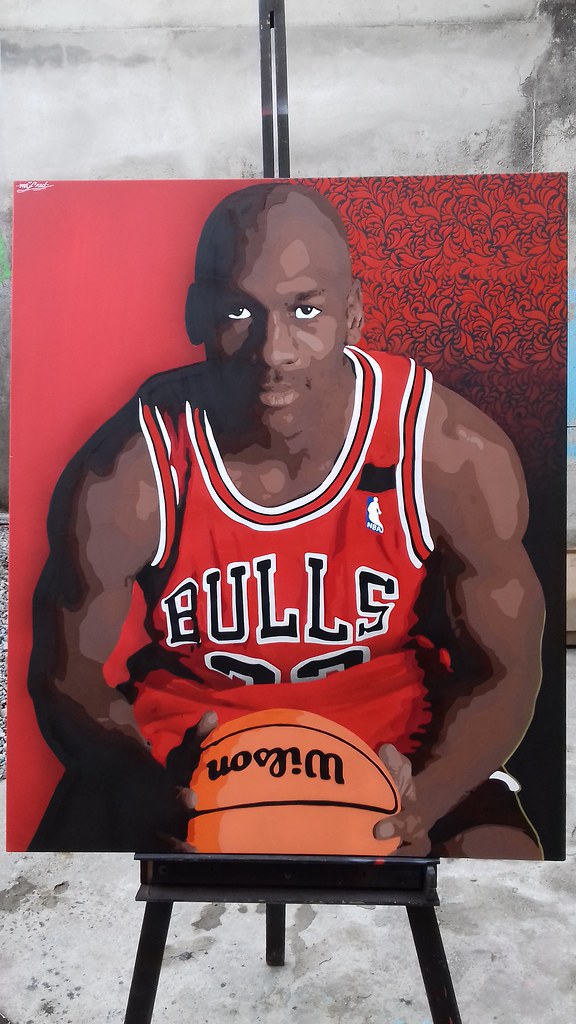
6. **Transcending Sport with Global Marketing Reach**Michael Jordan’s brand is built on the principle of transcending its basketball origins to achieve truly global marketing reach. His strategy moved beyond simply dominating the basketball court; it aimed to resonate with diverse audiences worldwide by expanding its footprint into various sports and cultural arenas.
A prime example of this global expansion is the groundbreaking partnership with France’s Paris Saint-Germain (PSG) soccer club, which began in 2018. The Jumpman logo now prominently appears on PSG’s kits, demonstrating how the Jordan Brand has successfully moved from basketball courts to football pitches. This strategic alignment reflects a conscious effort to engage with international fan bases in major global sports beyond the NBA.
Jordan’s impact went beyond American borders much earlier, notably during the 1992 Barcelona Olympics when he led the U.S. “Dream Team.” This event offered millions of international viewers their first glimpse of NBA-caliber play with Jordan at the forefront, significantly accelerating the NBA’s global expansion and associating his name with basketball excellence across continents.
By diversifying its presence across international sports stages and partnering with globally recognized teams, the Jordan Brand ensures that its influence and desirability are not limited by geographical or sporting boundaries. This global influence is a critical component of its ongoing growth, making it a brand that connects with varied cultures and demographics, solidifying its place as a truly worldwide phenomenon.
Read more about: Gearheads, Start Your Engines! These 14 Legendary Vehicles Revved Up Expectations and Blew Them Away!
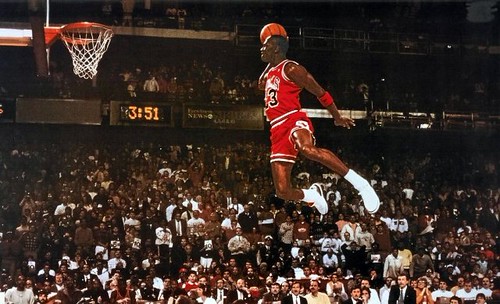
7. **Pioneering and Embodying Athlete-as-Brand Identity**Michael Jordan fundamentally redefined the concept of athlete endorsements, pioneering the “athlete as a brand” identity that is now emulated by countless superstars. Prior to Jordan, endorsements were generally transactional, with athletes merely modeling products. Jordan, however, proved an athlete could embody an entire brand identity, setting a powerful precedent for future generations.
His partnership with Nike was not just a deal; it was a blueprint for modern athlete branding, influencing figures like LeBron James, Roger Federer, and Cristiano Ronaldo to negotiate deeper involvement in product design and marketing strategy. Jordan established himself as the creative core, co-creating an emotional narrative that connected each sneaker release to significant moments, thereby forging loyalty far beyond typical fan devotion.
This principle means that the athlete is not just a spokesperson but a living, breathing embodiment of the brand’s values. Jordan’s trajectory demonstrated that on-field performance could be seamlessly blended with off-field entrepreneurial ventures, turning an individual’s persona into a powerful business entity. His legacy showcases how an athlete can be a global brand, inspiring others to build their own empires by leveraging authentic storytelling and personal branding.
The Jordan Brand operates as a distinct Nike division with its own logo (Jumpman), athlete roster, and creative direction, yet it leverages Nike’s scale. This structural autonomy, combined with Jordan’s direct involvement and pioneering spirit, solidifies the rule that an athlete’s personal brand can be the engine of a multi-billion-dollar enterprise, setting the template for equity stakes and cross-category influence that many stars follow today.
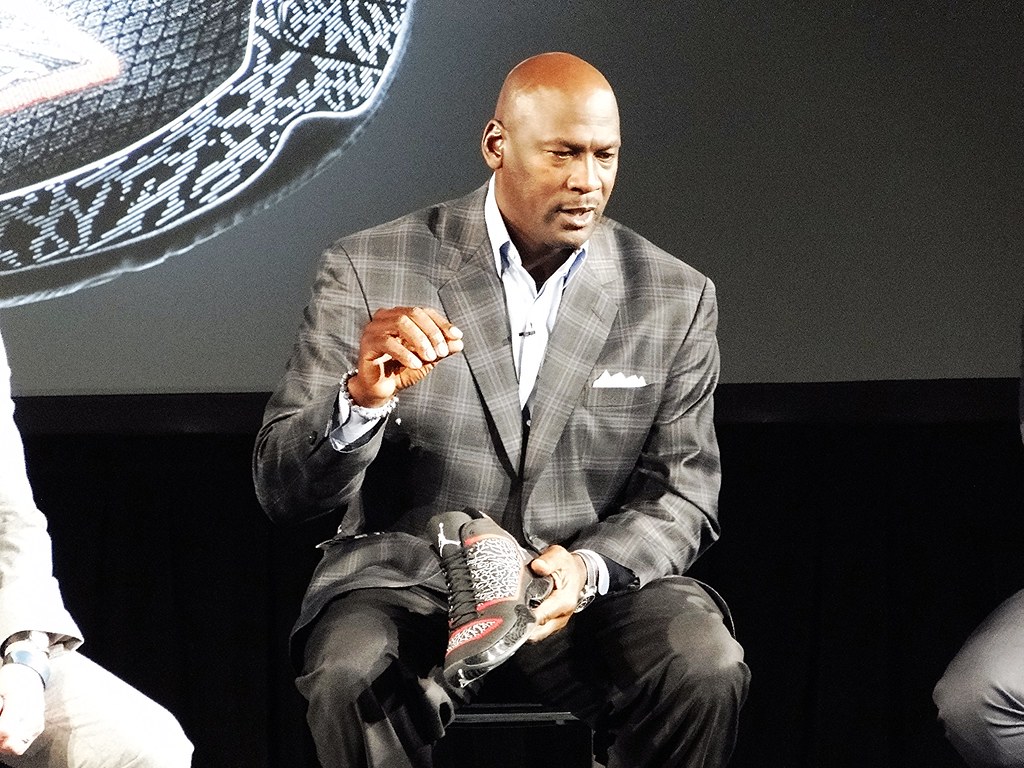
8. **Leveraging Cultural Icon Status for Continuous Relevance**One of Michael Jordan’s most powerful assets, and a rule his brand continuously leverages, is his enduring status as a cultural icon. Decades after his final NBA game, Jordan remains a profound cultural force, ensuring the brand’s continuous relevance and appeal across generations. This is not just about basketball; it’s about his mythos permeating popular culture.
The 2020 docuseries *The Last Dance* effectively reintroduced Michael Jordan to a new generation of fans, showcasing his incredible journey and competitive spirit. Following this, the 2023 film *Air* dramatized Nike’s pursuit of him, further underscoring his legendary status and the foundational story of the Air Jordan brand. Both projects spiked interest in retro releases, new collaborations, and the broader Jordan narrative, proving the timeless power of his story.
This cultural mystique translates directly into commercial success. Sneaker drops still sell out in minutes, and each retro release or collaboration, whether with high-fashion brands like Dior or cultural figures like Travis Scott, drives immense hype. This phenomenon exemplifies modern sports influencer marketing, where Jordan’s image and legacy continue to dictate trends and consumer behavior.
Read more about: Unpacking the Colossus: An In-Depth Look at Google’s Genesis, Growth, and Dominance in the Digital Economy
By consistently reminding the world of his unparalleled achievements, legendary moments, and aspirational qualities through various media and strategic collaborations, the Jordan Brand ensures that its narrative remains fresh and compelling. Jordan’s ability to transcend his sport and become a global icon means his brand doesn’t just rest on past glories but actively re-engages and inspires new audiences, cementing its position as a perpetually relevant cultural touchstone.” , “_words_section1”: “1997



